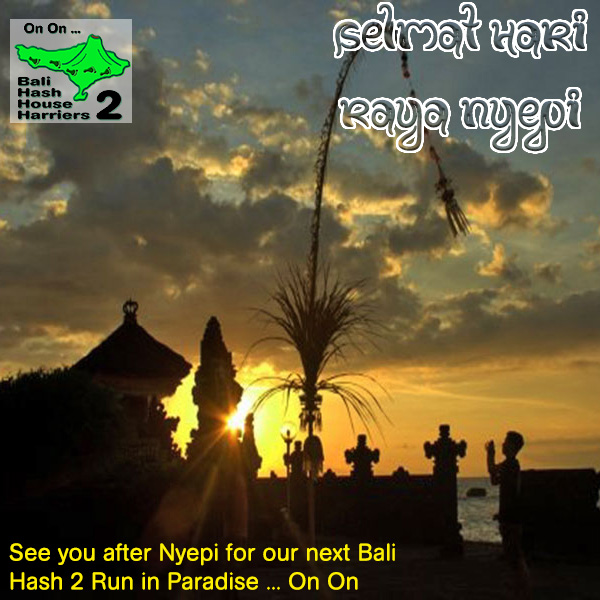Bali Hash House Harriers 2 Hash Trash March 2021
Bali Hash House Harriers 2
Hash Trash During the Time of COVID
NATURE NOTE FROM BALI – FLEETING MEMORIES OF MULTITUDES ETC. 6
Download PDF HERE
I was quite wrong about the range of the Lurcher Yoms sabina in my last load of gubbins, being under the impression that the few I’ve seen here were migrants from down-under. Actually, the range is vast, occurring from South China to Northern Australia, but nowhere is it common, and curiously you will not find it in Malaya or Sumatra (or so my antiquated literature informs me). Though migrant or resident in Bali I cannot be certain. Of course, we are aware that many species of birds especially and butterflies migrate, some merely locally, others vast distances. Why? It would seem mostly to escape climatic conditions unsuited to their reproduction; also when populations expand to the extent that they eat themselves out of house and home. Or maybe because old habits die hard and they’ve been doing it for eons during which time the earth’s climate has changed radically.
Migrations are always memorable. To see multitudes of any creature in flight or repose is bound to impress. Who indeed has not been affected by the spectacle of thousands of swallows sitting on telegraph wires or of starlings swirling in clouds in tight formation. In correspondence recently with Morten Strange – bird photographer and author, and currently I should add Hon Sec of the Malayan Nature Society (Singapore Branch) – I was reminiscing about some of our more memorable sightings over the years, including those of vast and totally unexpected congregations in various places around SE Asia.
Beginning with butterflies – (see Butterflies of Bali, Mason & Pink 2005) – there were those hordes of Monarchs or Milkweeds or Wanderers in California and New South Wales that were clearly hibernating, not to mention those extraordinary mass migrations of Painted Ladies, which I personally did not see, though I heard that similar swarms were recorded in Europe last summer, or was it the year before? I wrote about it in Butterflies of Bali, also the mass migration of Lemon Emigrants too – quite easily the greatest multitude of creatures I’d ever seen: The passage I witnessed endured five days and nights and must have comprised many millions of flies, at any instant hundreds and hundreds bustling along on a broad front and heading west or north west over the mountain chain that traverses Bali. I remember I even felt compelled to present a paper on it to the Malayan Naturalist, When? It must have been mid-seventies. I can’t be more precise than that – but wherefore? Their numbers presumably augmented along the way, and what was their ultimate destination? And possibly they all perished before attaining it. Then there were the congregations of tigers and glasswings that I also described, but these weren’t going anywhere. Somewhat tangentially I might also mention the appalling irruption of ladybirds that discovered on the Downs in the summer of 176 (Bali Hash. Mason 1988). But we become too far removed, and let us move on to some South East Asian birds.
It was the drongo cuckoos that started the general discussion. My first experience of them was in Singapore on Sentosa Island, I think in 1965. There were loads of them – dicruroides with tails deeply forked. They must have been on passage somewhere and the island was a suitable staging post: of course, the only way to get there in those days was by boat. I recall also another unusual
sighting in Singapore, that of Red Turtle-Dove, masses of them in places where I had never seen them before, and this must have been some years before Birds of Singapore (Hails & Jarvis 1987) was first published. Possibly some remnants of that population were those portrayed by the authors in this wonderful book. I know of no record of their having progressed further south of Singapore.





Leave a Reply
Want to join the discussion?Feel free to contribute!